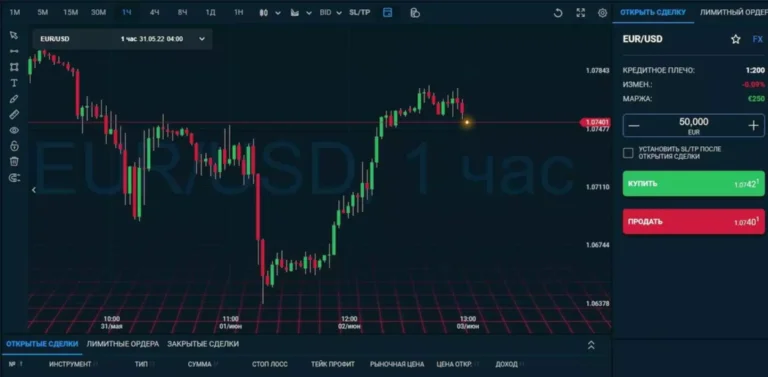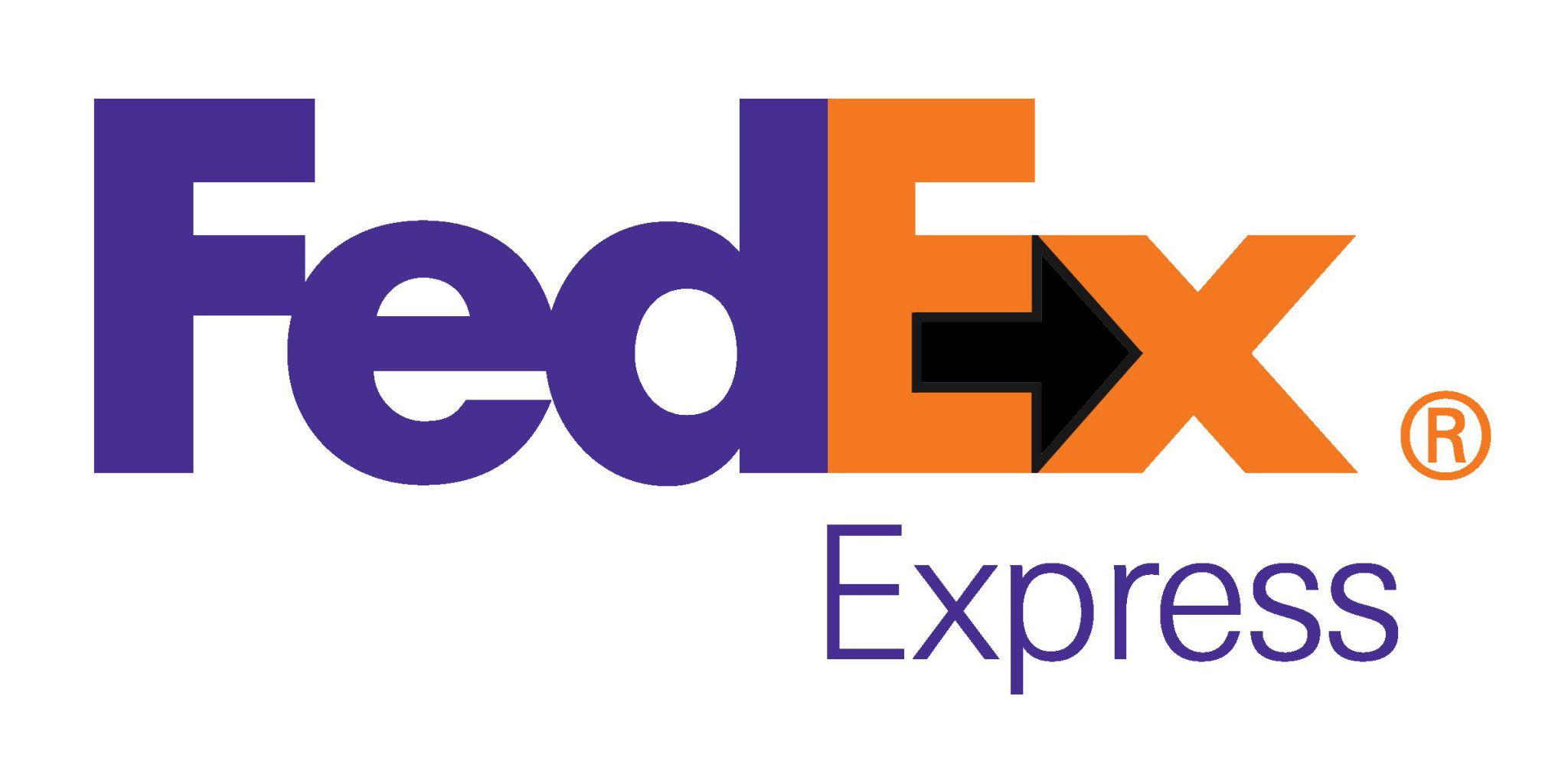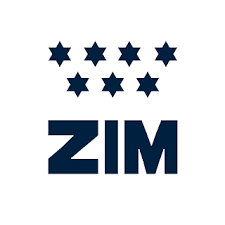Content
The Lazarus Group, a North Korea-based threat actor, has been adapting its money laundering strategies to avoid the same fate, Chainalysis said. North Korea-affiliated hackers have been among those to utilize bridges for money laundering the most, and we can see an example of this activity on the Reactor AML Risk Assessments graph below. The company previously estimated criminals received a record $14bn in cryptocurrencies in 2021. Bitcoin, a decentralized currency that defies the sway of central banks or administrators, transacts electronically, circumventing intermediaries via a peer-to-peer network.
Understanding Cryptocurrency Money Laundering
The highest amount recorded was in 2022, with $30 billion identified, largely attributable to transactions involving sanctioned services such as the Russian exchange Garantex. There are several technologies that “mix” or “blend” potentially identifiable cryptocurrency funds with the purpose of obscuring the source https://www.xcritical.com/ of origin, thus making them untraceable. Cryptocurrency coins (the funds) from multiple sources are first sent to one address (the account). After the funds have been mixed/blended together in that one address, they are then split into several portions and sent to different addresses. In 2023, there was an increase in the use of blockchain bridges and gambling services for laundering crypto, while in 2022, there was greater reliance on illicit service types and centralized exchanges.
Foreign National Pleads Guilty to Laundering Millions in Proceeds from Cryptocurrency Investment Scams
The bank fraud counts each carry a maximum sentence of 30 years in prison, while the conspiracy holds a 20-year maximum prison sentence. The charges against Guan “do not relate to the Media Company’s newsgathering activities,” the Department of Justice noted in a press release. Then, in 2023, the NCA says the scheme helped the state-controlled Russia Today media platform, banned in the UK, move cash into the country for one of its operations. The US office of Foreign Assets Control said it had sanctioned the head of TGR, Russia-born Ukrainian national George Rossi, also known as Georgy, and his second in command, Elena Chirkinyan, a Russian national. In return for taking on the risk of receiving the cash, the Russian-led network charged commission. Its network of couriers would launder the cash, pushing it through seemingly legitimate businesses background to compliant aml token sale like construction firms in the UK and elsewhere, or using mules to fly it in baggage to Dubai.
Collaborating with Law Enforcement Agencies

Even when crypto platforms comply with high KYC standards, some users can still circumvent those controls, making them vulnerable to various attacks and potential loss of funds (IDnow). The report suggests that so-called “decentralised finance” (DeFi) protocols have become more important to criminals trying to hide cash – receiving 17% of all funds sent from illicit wallets in 2021, up from 2% the previous year. Chainalysis says it tracks cryptocurrency wallets controlled by criminals such as ransomware attackers, malware operators, scammers, human traffickers, dark net market operators, and terrorist groups. It says police could strike a “huge blow” by targeting key services used to launder cryptocurrency by criminals. Criminals laundered $8.6bn (£6.4bn) of cryptocurrency in 2021, up by 30% from the previous year, a report by blockchain data company Chainalysis says. Developed by Prestmit Technologies Ltd, the user-friendly app offers low transaction fees, real-time market updates, and 24/7 customer support for seamless trading.
Chinese spies and the security of America’s networks
For more on this and the wider crypto landscape, “Marketplace Morning Report” host David Brancaccio spoke with Ari Redbord, vice president and global head of policy and government affairs at TRM Labs. The cryptocurrency compliance firm just released its annual report on cryptocurrency adoption and illicit crypto activity. The Chainalysis figures only cover crimes such as ransomware attacks where criminals are paid in cryptocurrency. “There are parts of the cryptocurrency structure that are being exploited to launder criminal cash, particularly from drug dealing. The growing menace of ransomware also utilises cryptocurrencies as its payment mechanism.
In the U.S., cryptocurrencies are largely an unregulated market, and few regulations explicitly target the asset class by name. Instead, AML enforcement actions, such as those against crypto exchanges Binance and FTX, have been prosecuted under existing laws and statutes, such as the Bank Secrecy Act and the Foreign Corrupt Practices Act (FCPA). The decentralized nature of cryptocurrency markets makes it challenging to implement and enforce AML regulations. Traditional AML frameworks designed for centralized financial institutions were not adequate in the past for the decentralized cryptocurrency ecosystem, but regulators have made significant progress in addressing the weaknesses that were present. Banks, brokers, and dealers now follow a complex regulatory framework of conducting due diligence on customers and tracking and reporting suspicious transactions. A written AML compliance policy must be implemented and approved in writing by a member of senior management and overseen by an AML compliance officer.
Furthermore, law enforcement agencies should collaborate with the operators of these platforms to share information and resources, making it easier to detect and disrupt criminal activities. As law enforcement agencies scramble to catch up with criminals, the latter continue to refine and enhance their money laundering methods. These services break down illicit funds into smaller amounts and distribute them across multiple addresses before recombining them, effectively severing the link between the original source of the funds and their final destination. Chainalysis has published money laundering analyses in our annual Crypto Crime Reports for several years, dissecting the flow of funds from known illicit wallets during the placement stage, to conversion services which represent the layering stage of laundering. Known illicit wallets hold funds connected to confirmed crypto-native criminal activity like exchange heists, crypto scams, and darknet market proceeds.
- Some of this drop may be attributed to an overall decrease in crypto transaction volume, both legitimate and illicit.
- This includes developing advanced blockchain analysis tools, enhancing international cooperation and information sharing, and implementing stringent regulatory measures.
- The drop was steeper than the decrease in transaction volumes, suggesting that factors beyond just the general market downturn may have contributed to the reduction in illicit activity.
- Banks, brokers, and dealers now follow a complex regulatory framework of conducting due diligence on customers and tracking and reporting suspicious transactions.
- The cryptocurrency compliance firm just released its annual report on cryptocurrency adoption and illicit crypto activity.
- In 2022, just 542 deposit addresses received over $1 million in illicit cryptocurrency, for a total of $6.3 billion, which was over half of all illicit value received by centralized exchanges that year.
2023 mostly resembled 2022 in terms of the breakdown of service types used for money laundering, but we did see a slight decrease in the share of illicit funds moving to illicit service types, and an increase in funds moving to gambling services and bridge protocols. In the event of non-compliance, authorities have shown little patience with crypto platforms facilitating money laundering. Platforms like BTC-e and BitMEX, for example, have faced legal consequences and enforcement actions for violating AML/KYC regulations, leading to severe penalties and shutdowns.
Proactive monitoring and reporting of suspicious activities is a crucial aspect of any effective anti-money laundering strategy. By closely monitoring transactions and identifying any unusual patterns or behaviors, crypto firms can detect potential money laundering schemes and take appropriate action to prevent them from occurring. Collaboration between crypto exchanges and law enforcement agencies is essential for the effective investigation and prosecution of crypto money laundering cases.

As the regulatory landscape continues to evolve, so too will the strategies and operations of businesses within the crypto industry. By investing in robust compliance systems and adhering to regulatory standards, crypto firms can mitigate risks, protect their reputations, and contribute to the fight against financial crime. Despite the delay in fully implementing the FATF’s AML recommendations, U.S. authorities have been vigilant in enforcing existing regulations within the cryptocurrency industry. This increased scrutiny is in response to the parallel increase in crypto-related money laundering. In 2021, it was estimated that roughly one dollar out of every $10 spent on cryptocurrencies was illicitly transferred, emphasizing the urgency of regulatory enforcement (Reuters).
These systems can use machine learning algorithms to identify patterns of behavior indicative of money laundering. That is low compared to more traditional forms of money laundering, the report argues, “suggesting that Bitcoin-based laundering could become increasingly attractive to traditional criminals”. Blockchain security experts said real-time monitoring of crypto wallets could further prevent criminals from hiding their funds. AUSTRAC CEO Brendan Thomas highlighted the risks posed by crypto ATMs, emphasizing their appeal to criminals due to their accessibility and capability for near-instant, irreversible transactions. Harmon worked to ensure Grams and Helix connected to or otherwise supported all of the major darknet markets at the time. Harmon developed an Application Program Interface (API) to allow darknet markets to integrate Helix directly into their bitcoin withdrawal systems.

This section outlines best practices for crypto firms to mitigate money laundering risks, such as implementing robust KYC/AML policies, offering employee training and awareness programs, and proactive monitoring and reporting of suspicious activities. As the first line of defense against money laundering, crypto firms need to implement robust measures to safeguard their businesses and their customers from financial crime. Additionally, collaboration with the crypto industry is crucial to share information and resources, as well as to develop innovative solutions to prevent and detect crypto money laundering. By doing so, it will be easier to detect and disrupt money laundering activities, including those involving laundering funds and the ability to trace laundered funds. This decentralization makes it considerably harder for law enforcement to trace and monitor illicit funds, and the lack of a global regulatory framework further complicates matters. As shown below, since 2019, nearly $100 billion in funds have been sent from known illicit wallets to conversion services.
So far, the NCA and its partners have seized £20m in cash, relating to an estimated £700m in drugs sales – and the vast majority of the arrests and charges so far are of couriers like Saiedi and Kuksov. Investigators identified one group of couriers collecting cash from 55 different British locations over four months on behalf of at least 22 gangs – and signs of identical schemes elsewhere in Europe. Drug profits couriers identical to Saiedi’s operation were collecting cash from gangs after setting up a simple system to ensure they could trust each other and make the transfers happen quickly. The NCA then detected an identical pattern around the country of links between people involved in the drugs trade and those involved in crypto. They also saw further links to the notorious Kinahan drugs cartel that has its origins in Dublin and a base in the United Arab Emirates (UAE). On Wednesday, the United States Treasury sanctioned the key figures at the top of the network.
It is not issued by any central authority, rendering it theoretically immune to government interference or manipulation. According to blockchain analytics firm Chainalysis, Criminals laundered $2.8bn in 2019 in Bitcoin to exchanges. “Street-level harm is being enabled and is being powered by these types of networks,” Lyne says, emphasizing that the NCA operations, US sanctions, and arrests internationally have limited the entire network.
This often happens using a broker, known as an international controller, in the UAE, which has positioned itself as friendly to cryptocurrencies. The head of an international controller network has been arrested as part of the law enforcement action, the NCA says without providing any more information on their identity, location, or specific activity. Throughout the account’s lifetime, financial institutions must conduct customer due diligence (CDD)—the practice of maintaining accurate and up-to-date records of transactions and customer information for regulatory compliance and potential investigations.

























